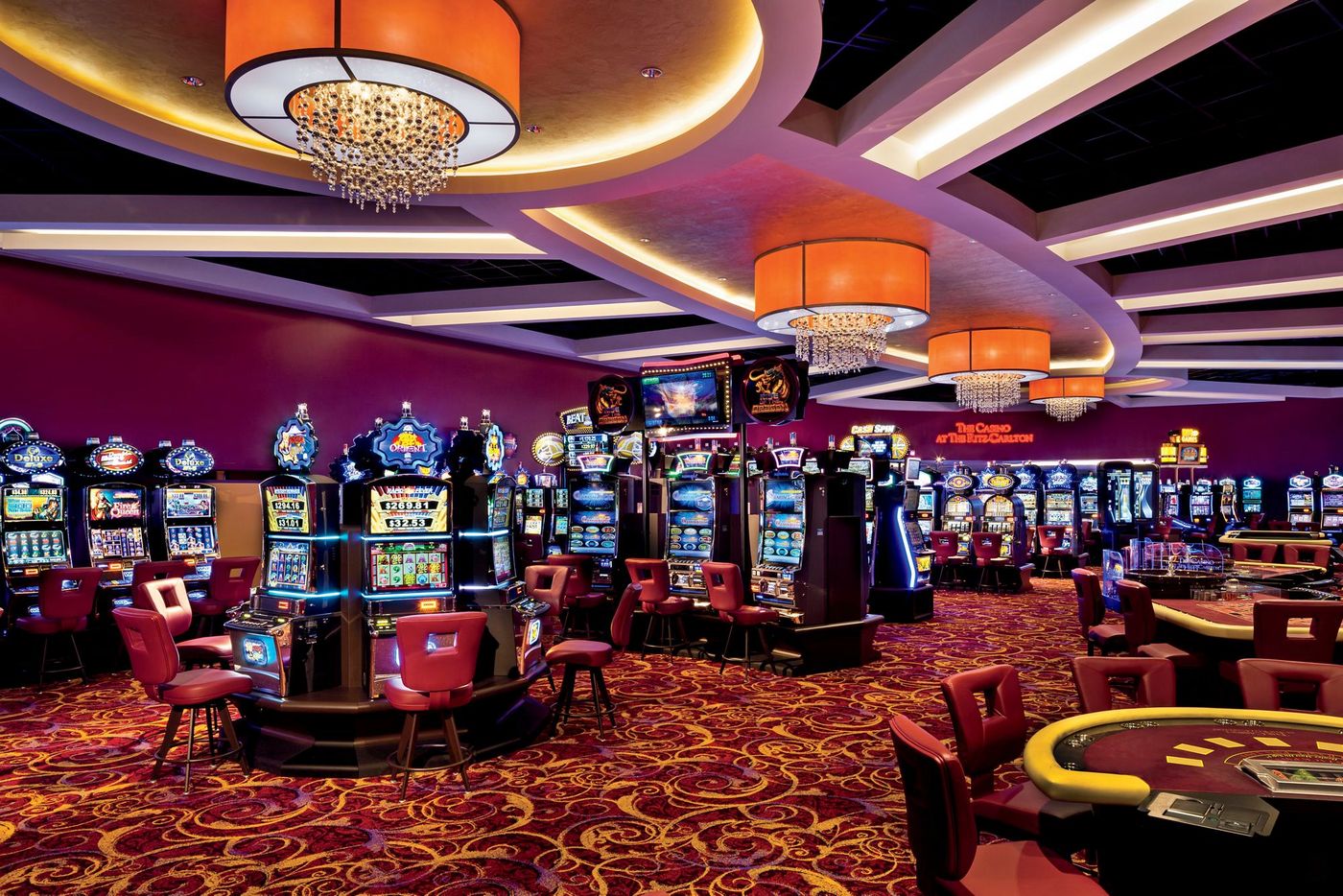As for casino slots games, players often find themselves captivated by the flashing lights, intriguing themes, and the adrenaline of the reel spins. But behind the glamour and entertainment lies an important concept that every gamer should be aware of: Return to Player percentage, or RTP. This vital metric holds great importance in deciding the amount of money you can expect to receive back over time, affecting your gameplay and strategy as you play.
RTP is commonly stated in percentage terms and reflects the mean amount of funds returned to players compared to the cumulative wagers. For instance, if a slot game has an RTP of 95 percent, it means that, on average, players get back ninety-five dollars for each $100 wagered. Understanding this concept can enable players to make better choices when deciding on slots to spin, ultimately improving their overall casino experience.
What exactly is RTP?
The Return to Player concept, often called RTP, refers to a significant factor in the field of casino slots games. It represents the proportion of total wagered amounts that a specific slot is set to return to players through its operation. For example, if a slot has an RTP of 95%, this means that, hypothetically, players can expect to get back $95 for every $100 wagered during extended play. Knowing RTP assists players analyze the potential gains of different slots.
RTP isn’t a surety of specific victories but instead a average determined across many spins. Individual players’ experience might be different significantly as a result of the luck inherent in the games. A better RTP indicates superior odds for the player, which makes it a critical consideration to take into account when picking which slots to play. Nonetheless, despite having high RTP, there can be stretches in which players encounter losses, since luck plays a significant role.
It should also be noted that different slots have varying RTP percentages. Some machines could display a lower RTP as a result of a high level of fun or distinct elements, while others maintain a elevated percentage to attract more risk-averse players. GA179 Understanding RTP empowers players to take educated decisions about their play strategies and oversee their funds effectively while experiencing the adrenaline of casino slot games.

The Way RTP is Being Calculated
A Return to Player, also known as RTP, is a vital indicator within the world pertaining to casino slots titles. This represents the percentage from all wagered funds that a gaming device is expected to return to gamblers over time. Understanding the method by which this measurement can be calculated demands understanding of the dual aspects of the slot’s architecture as well as its payout system. The RTP is determined through intricate calculations and data evaluation performed during the game creation phase. Game creators take into account multiple factors, including the rate of successful outcomes and the size of payouts for every combination.
To compute RTP, developers simulate a significant quantity of rotations of the game. Such simulations aid identify how much on average, a player can expect to win based on their bets. For instance, if a machine boasts an RTP of 95%, this means that, theoretically, among every one hundred dollars wagered, gamblers can expect to get ninety-five dollars back in the long term. This figure does not indicate how much a player might receive during a one session or over a few plays; instead, it shows long-term payout expectations.
The values of RTP tend to be generally released from the casino or game creator. Players should always look for this data while selecting a casino slots, as it has the potential to influence their overall enjoyment. A greater return value typically indicates a higher chance of winning back a portion of wagered money, although individual plays can vary considerably. Understanding this concept can help players to choose wisely while improve their overall experience within the realm of casino slots.
Value of RTP in Casino Games
Grasping the Return to Player or RTP is essential for any gamer involved in casino slots games. RTP refers to the percentage of wagered money that a game is engineered to return to gamers over the long run. A higher RTP shows that players can anticipate receiving a bigger share of their wagers back, making it an important factor for those seeking to enhance their play experience. Understanding this number helps gamers make smart choices about which slots to play, as it can profoundly affect their chances of winning.
Additionally, Return to Player has a central role in the overall fairness and clarity of slot games. Players are often drawn to games with greater RTP percentages because they provide a better opportunity of success over the long term. Gaming establishments and software creators use Return to Player as a selling point to draw in gamers, guaranteeing they maintain a competitive edge in the booming gaming industry. By understanding of Return to Player, players can choose slots that align with their comfort level and gaming goals.
In conclusion, the idea of Return to Player encourages safe gaming practices. By understanding that not all games will provide short-term winnings and that Return to Player is based on extended play, players can regulate their expectations and gambling behavior effectively. This knowledge enhances the enjoyment of slot games while fostering a more balanced gambling landscape. Gamers who comprehend the significance of Return to Player are more prone to have a more satisfying time and reduce the risks of problematic gambling behavior.
